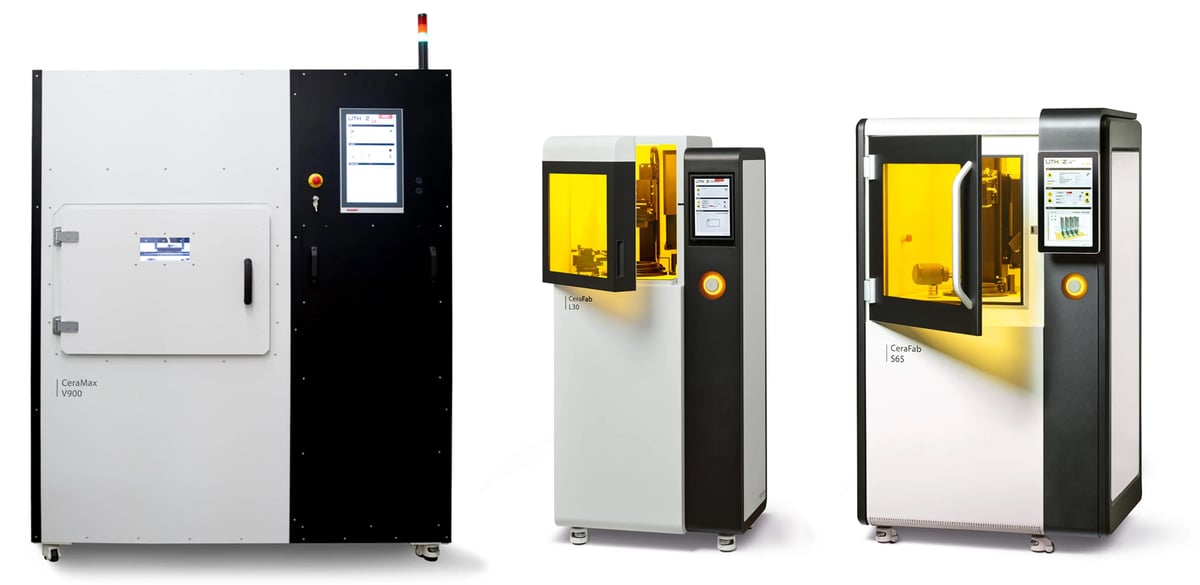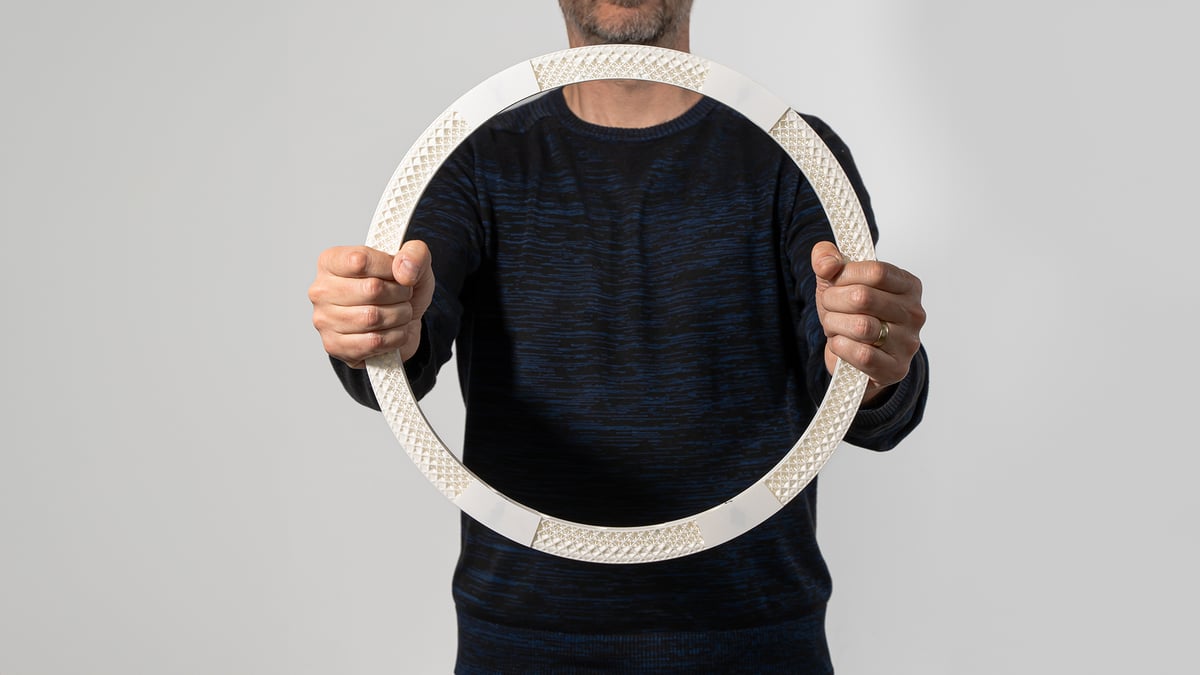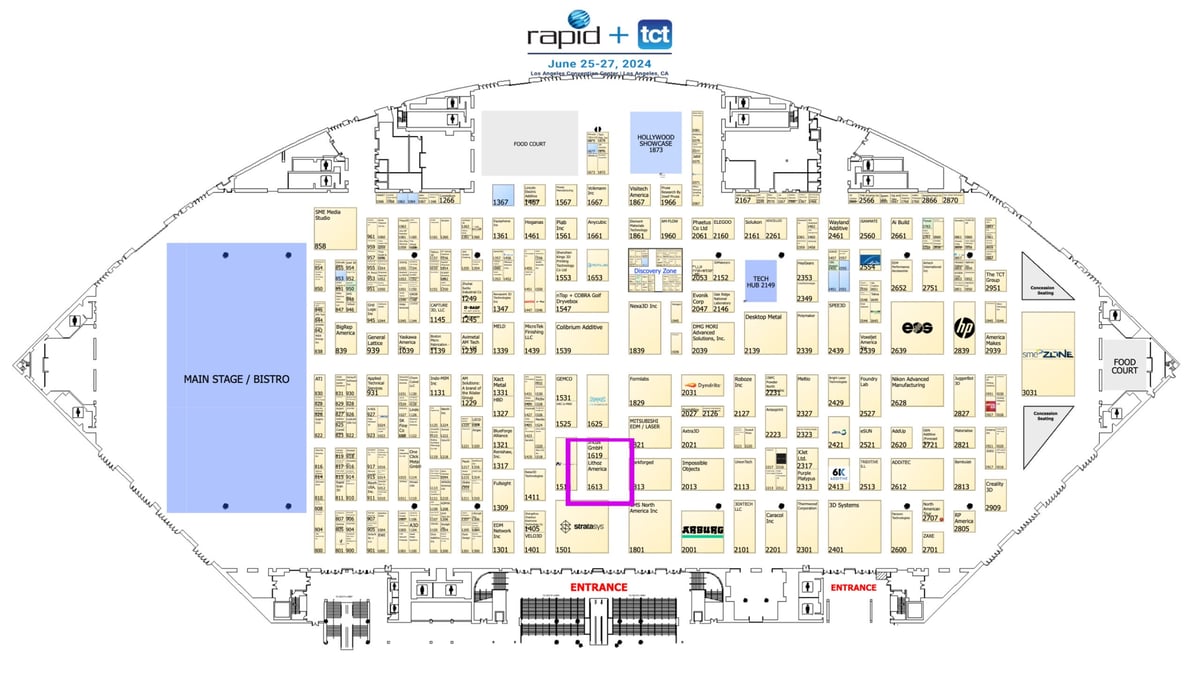3D printing technical ceramics is evolving from the one-off research and specialty parts to an efficient serial production solution, according to Vienna, Austria-based Lithoz.
Even though there are countless metals and plastics to 3D print with, ceramic materials have unique properties that are extremely valuable in the high-tech manufacturing of everything from semiconductors and bone implants to rocket engines and cutting tools. Add 3D printing technology, and you can create ceramic parts in shapes and with features not possible with any other manufacturing process. This combination of material and technology is not only enabling better and more efficient ceramic parts, but it is positioning ceramics as an alternative to metals and plastics for a wide range of new applications.

At Rapid + TCT booth 1613, Lithoz will showcase its production environment of printers, software, and materials and, especially, its new global network of 3D printing service bureaus that have Lithoz printers and can enable serial production, the company says. Targeting part needs in industries such as semiconductor production, aerospace and MedTech, Lithoz is calling its ecosystem “The Ceramic 3D Factory”.
The network of service bureaus is strengthened by a new CeraControl software, which enables 100 globally interconnected CeraFab S65 3D printers to potentially produce millions of parts a year, the company says. Lithoz software suite and process parameters provide large amounts of production data, enabling faster decision making, the company says.

Lithoz focuses exclusively on ceramics offering seven machines and a wide range of materials.
The company’s ceramic 3D printers comes in seven models (L30 Lab, S25, S65, S65 medical, S230, the new V900, and the Multi 2M30), which differ in resolution and build volume. The new CeraMax Vario V900 is the first 3D printer able to process dark ceramics, such as silicon carbide, with full density, the company says.
Te CeraFab Lab L30 is a shop-floor-friendly 3D printer with the full power of Lithoz’s original CeraFab 7500 condensed and specifically developed as a starting point for ceramic 3D printing.
The CeraFab systems use vat polymerization technology, which is usually used with photopolymer resins, but Lithoz uses a ceramic-loaded liquid. They call their tech LCM for lithography-based ceramic manufacturing, but they have another tech used in their larger machines called laser-induced slipcasting (LIS). The process resembles many features of stereolithography but enables large and dense additive manufactured parts with thick walls from conventional water-based ceramic slurries.
One of CeraFab’s most interesting features is the modular design that allows for a combination of units for volume manufacturing. One example is the company’s CeraFab Multi 2M30 is a multi-material machine capable of making ceramic-metal parts, ceramic-polymer parts, and parts with two types of ceramic.

For more on everything happening at Rapid + TCT, including new product launches and events, visit the All3DP Rapid + TCT Special Coverage.
License: The text of "Lithoz at Rapid + TCT: Meet the Ceramic 3D Factory" by All3DP Pro is licensed under a Creative Commons Attribution 4.0 International License.

